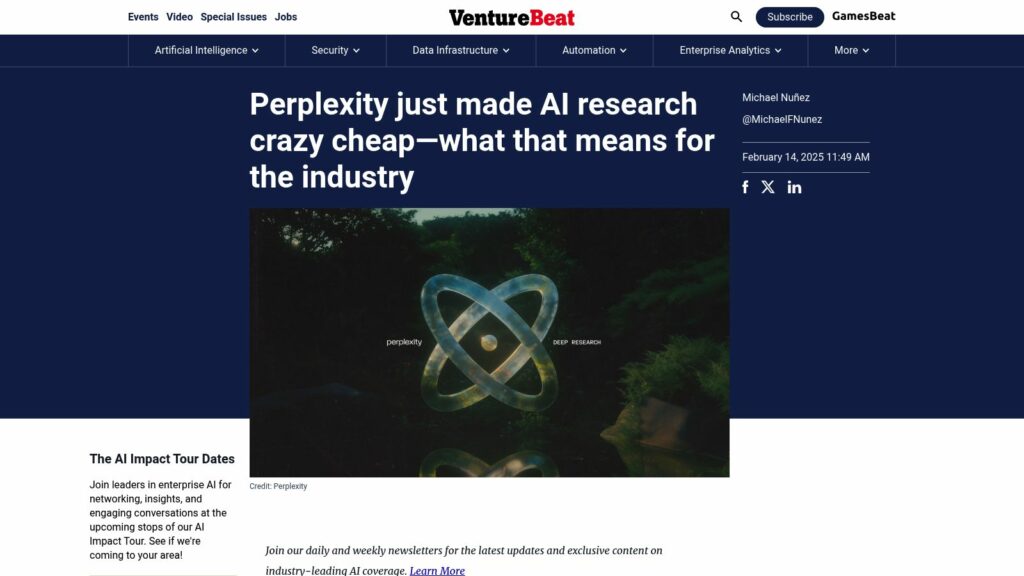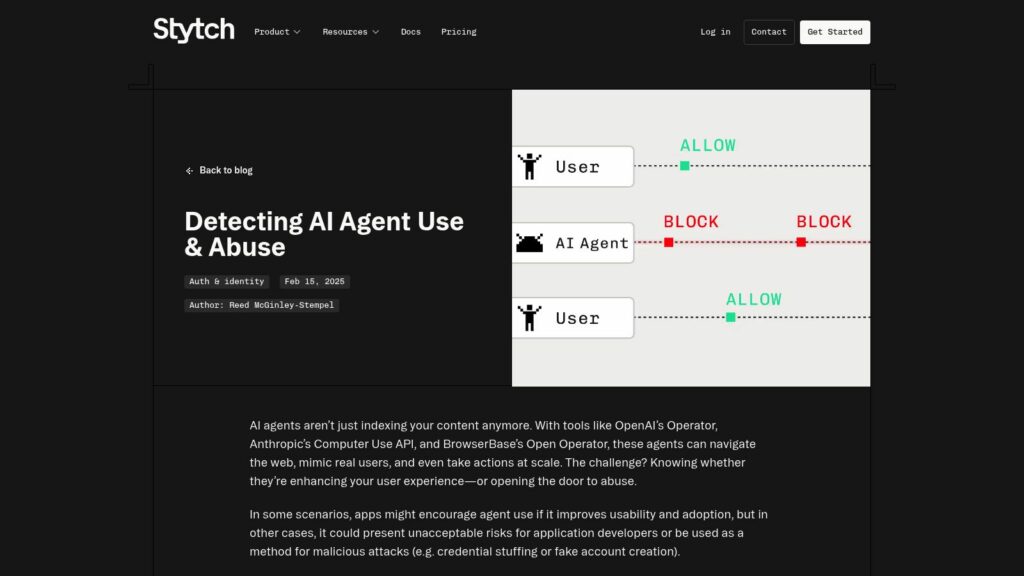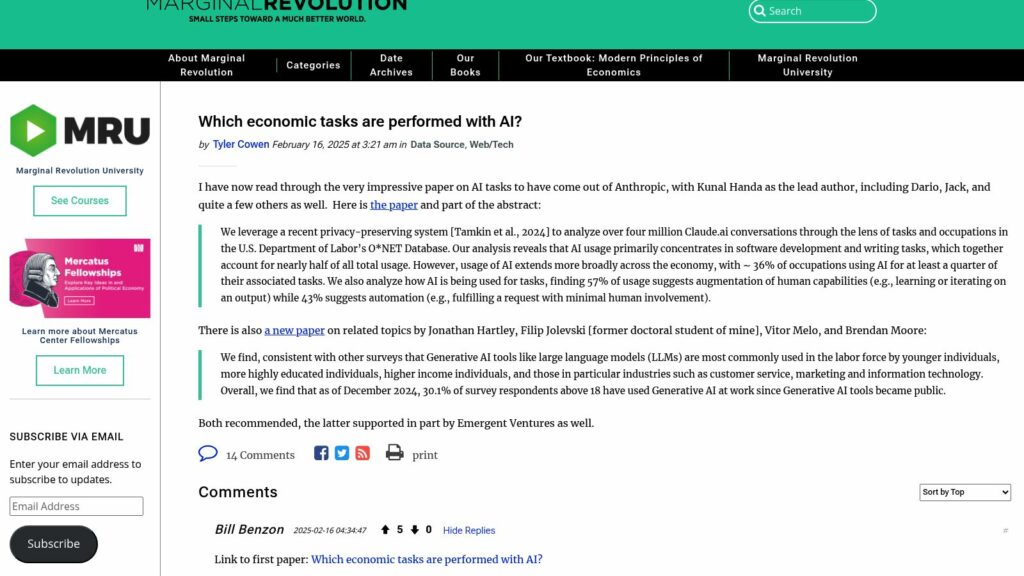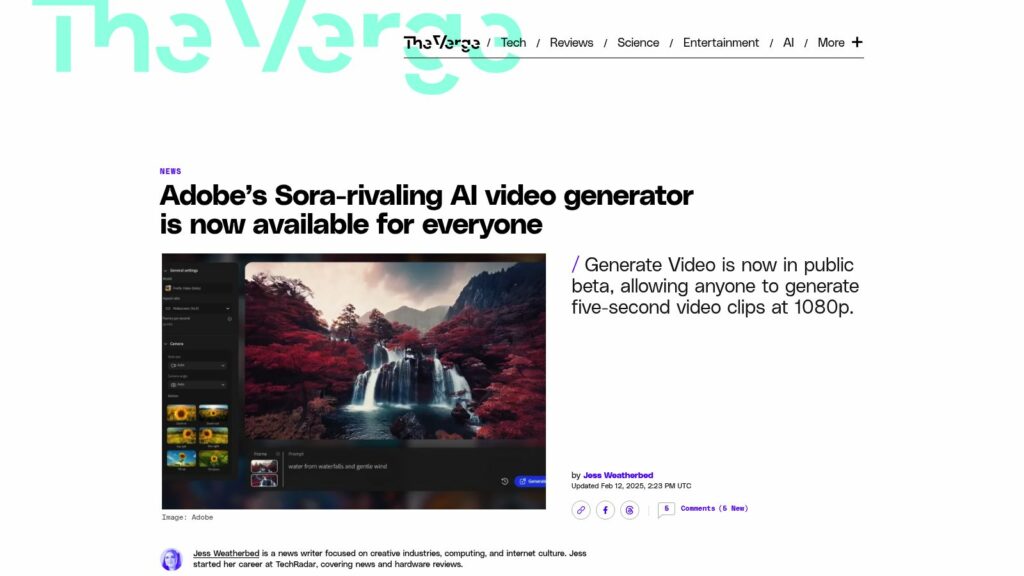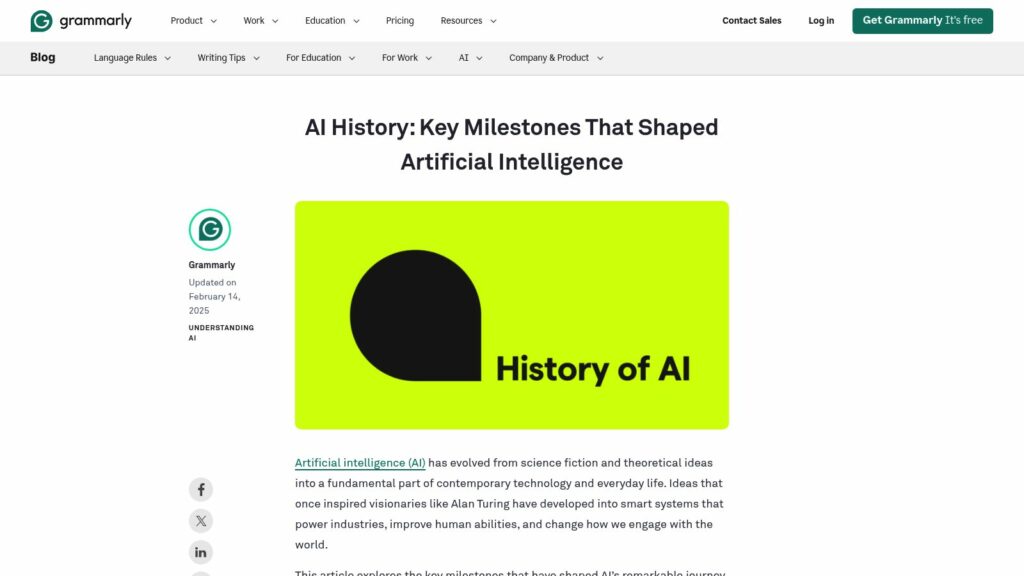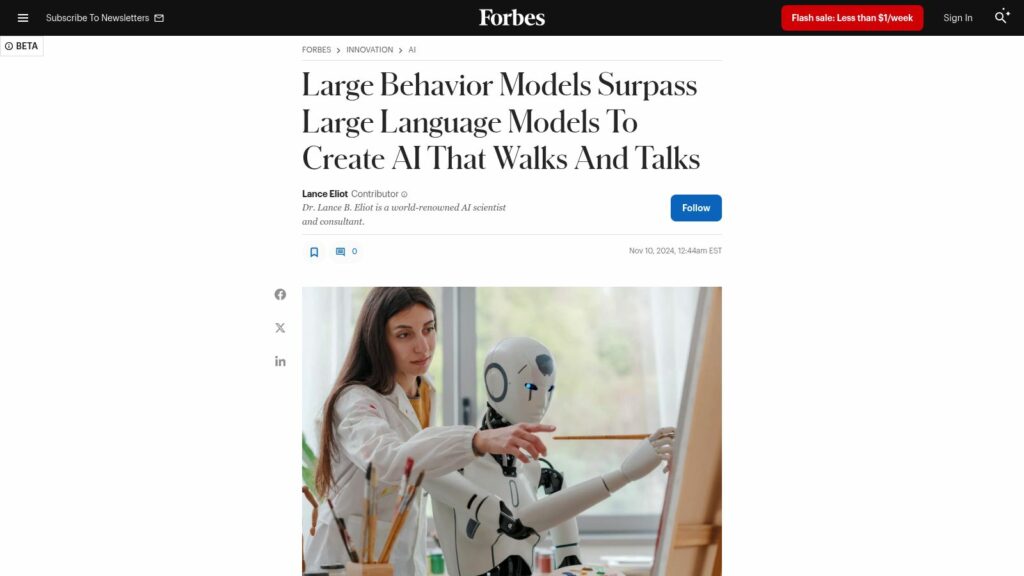Perplexity Just Made AI Research Crazy Cheap—what That Means for the Industry
Perplexity's new tool, Deep Research, drastically reduces AI research costs, challenging high enterprise subscription models. It offers similar capabilities to major providers like OpenAI and Google at a fraction of the cost, potentially reshaping AI pricing and accessibility. Perplexity provides five free queries daily, with pro plans at $20/month for 500 queries, making advanced AI available to small businesses and researchers. This shift may force competitors to justify their higher prices as AI investments continue to rise.
